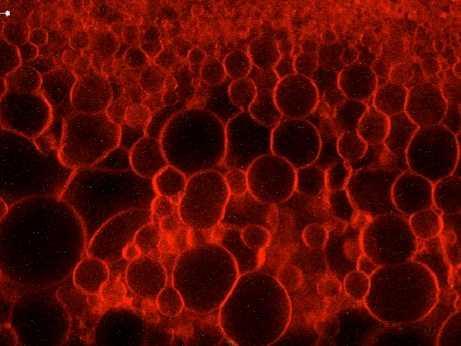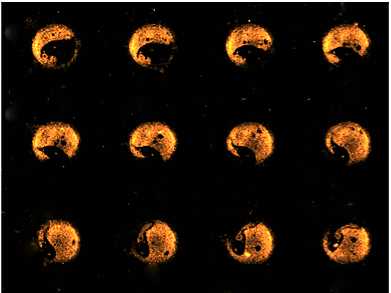Membranes & Artificial Cells
Overview
Membranes and the formation and analysis of biomimetic structures
Lipid membranes are essential for life. They form a tight barrier for many molecules, however, small uncharged molecules can often pass via passive permeation; larger compounds can be absorbed by endocytosis or released via exocytosis. We investigate passive/active transport processes across membranes and fusion of membranes using cells and vesicles formed by synthetic lipids.
Lipid membrane structures, such as vesicles and tubules, are also versatile tools in analytical chemistry, biology, pharmacy, and micro-/nanotechnology. They serve as sensors, as containers for transport and delivery of sample, and as reaction vessels for conducting biochemical processes. Moreover, due to similarities in size and membrane composition, lipid bilayer enclosed fluidic systems are models for cells and cell organelles, which we employ for the fundamental understanding of cellular architecture and the effect of biomechanical forces on membranes.


